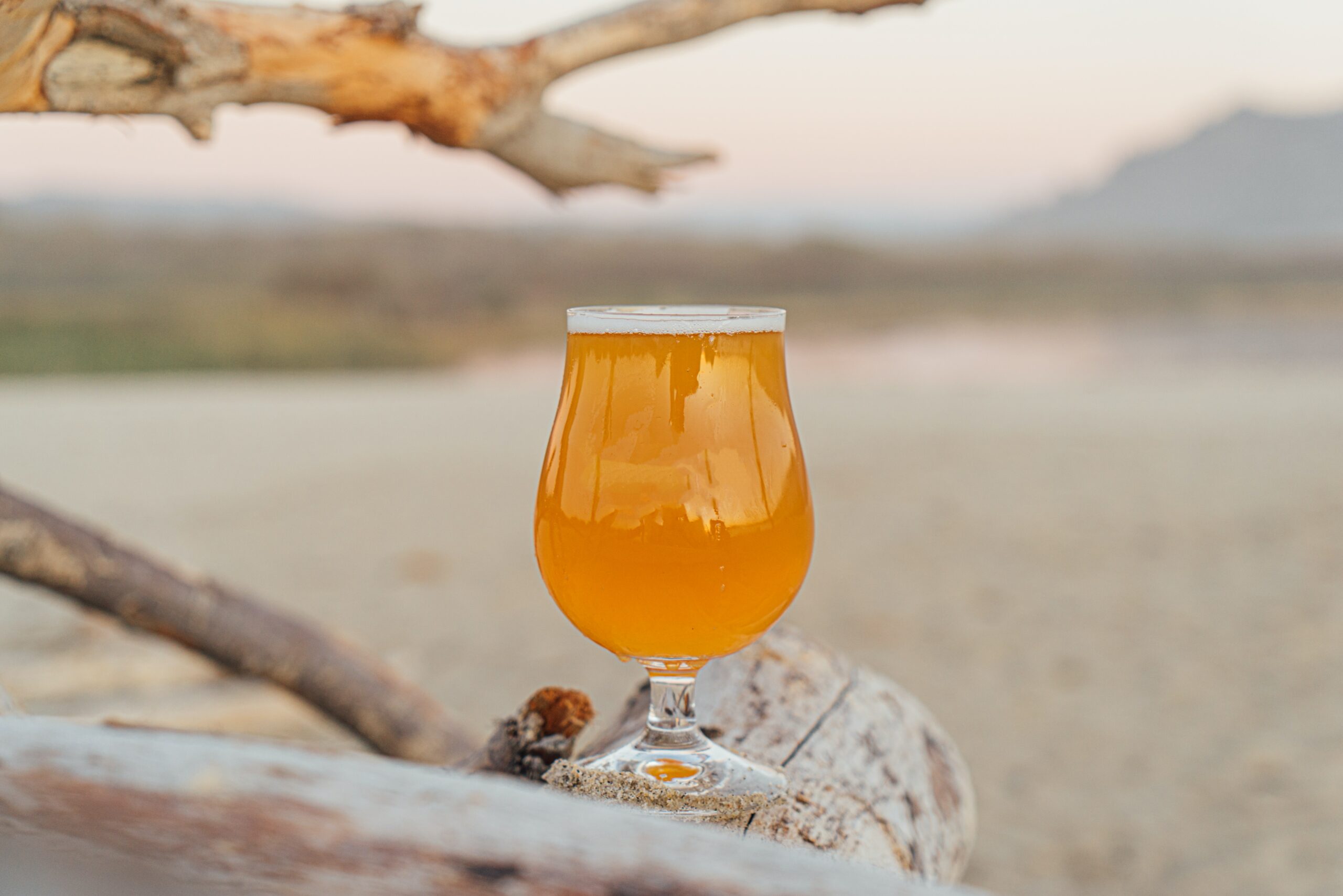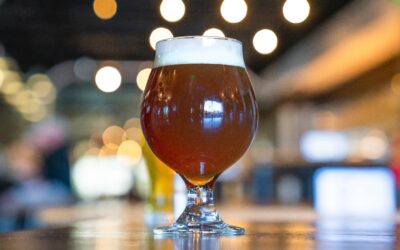None of the other styles of strong beer in the world have a living link with Europe’s brewing heritage, though it is a credit to the experimental nature of many of today’s better craft brewers that they have been created. Some are indeed masterpieces of ingenuity, leading in every case to some great examples of brewing prowess.
Double IPA
Double IPA (7.5-10.0% ABV) should be hoppy, bitter and resinous, a fuller form of IPA in every sense. It emerged from American craft brewing in the mid-1990s, but is not without historic precedent, some 19th century British IPAs reaching the lower end of its spectrum. The oft-quoted hop content of a Double IPA is 60 to 120 International Bitterness Units (IBU), though above 100, perceived bitterness does not align with measured bitterness. The initials DDH, when added to the description, refer to double dry hopping. The terms Triple IPA and Imperial IPA have been criticised for adding machismo without meaning, though recently they have enjoyed an upturn in the US.
American barleywine
The American take on this classic English style (8.0-12.0% ABV) is significantly different from the original. While the intense malt is still there the layered richness tends to be absent, extra dimensions coming instead from assertive use of floral or resinous hops. Frank bitterness is not uncommon. The conflation of the words barley and wine is deliberate.
American strong ale
Hop forward, sometimes aggressively so, but balanced against a firm malty base, this heavy style (6.5-9.0% ABV) is best described as being like any modern American ale, only bigger. It should lack the intensity and depth of Barleywine, have less bitterness and greater balance than Double IPA but be hoppier than the rest.
See also: Wheat wine, Adambier, and Italian barley wine.




